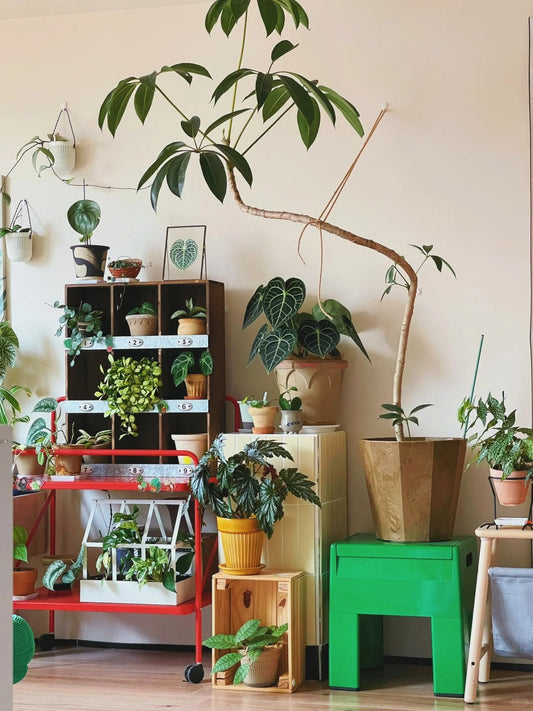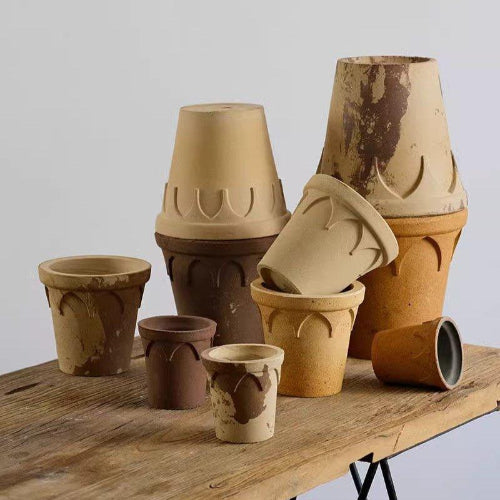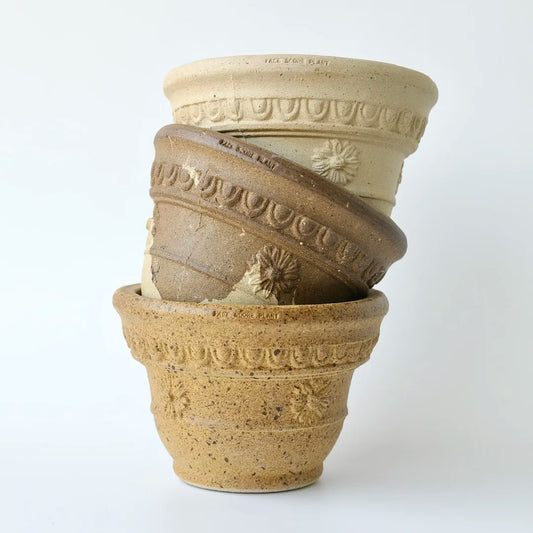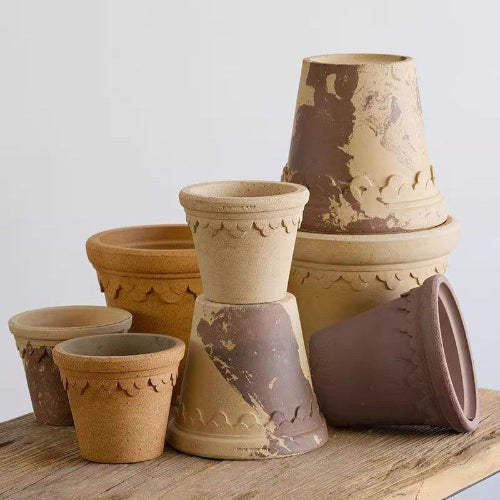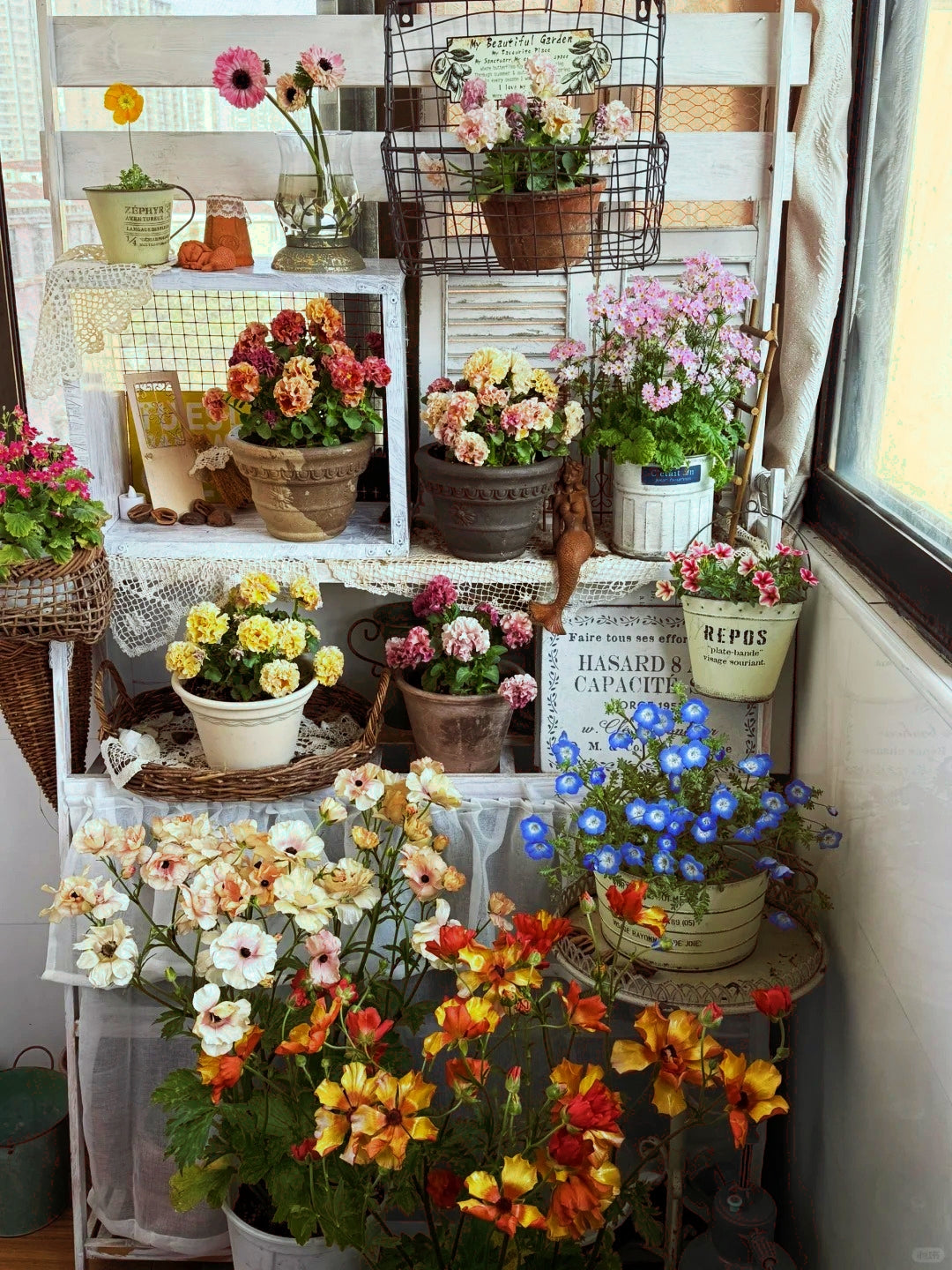
How to Create a Budget-Friendly Home Garden (And Avoid Common Mistakes)
Starting a home garden is exciting, but without a plan, it’s easy to waste money on plants and supplies that won’t thrive. Many new gardeners in Canada and the U.S. fall into the same avoidable traps.
Here are the most common mistakes — and simple, practical ways to avoid them.
1. Know Your Soil — Before You Plant Anything

Common mistake: Buying plants first without knowing what kind of soil you have.
Why it matters: The wrong soil will stress or kill plants, no matter how well you care for them.
What to do:
If planting in the ground, grab a handful of soil. Is it sandy, heavy clay, or loose and crumbly?
For a quick check, get a soil test kit ($10–15 at Home Depot, Lowe’s, Canadian Tire) to test pH and nutrients.
Once you know your soil, either pick plants suited to it or amend it with compost, peat moss, or sand to match your plant’s needs.
Tip for container gardening: Use a high-quality potting mix — never garden soil in pots.
When buying, check the Ingredients section on the package. A good mix should include two or more of:
- peat moss or coconut coir (for moisture retention and light texture)
- perlite or vermiculite (for drainage and aeration)
- compost (for nutrients)
- pine bark fines (for structure and airflow)
Avoid mixes that list garden soil, topsoil, screened loam, or clay as main ingredients — these can cause drainage problems in pots.
Helpful keywords to look for: lightweight, well-draining, aerated, ideal for containers, for potted plants.
Tip:
Pair a quality potting mix with breathable clay or terracotta pots to promote healthy roots.
2. Understand the Plant’s Needs — Before You Buy

Common mistake: Falling in love with a beautiful plant, then putting it in the wrong place.
Why it matters: If light, water, or space needs aren’t met, plants won’t thrive — wasted money and effort.
What to check before buying:
-
Light needs:
- Full sun = 6–8+ hours of direct sunlight hitting the leaves, casting clear shadows.
- Partial shade = 3–6 hours of direct sunlight, shaded the rest of the day.
- Full shade = no direct sunlight, only bright indirect or reflected light (but not total darkness).
- Tip: Use apps like Sun Seeker or Sun Surveyor to check light patterns in your space.
- Water needs: Does it prefer consistently moist or drier soil?
- Growth habit: Will it stay compact, spread, climb, or need a large container?
- Hardiness zone: Will it survive your local winter? Check Canada or U.S. plant hardiness zone maps online.
If a plant isn’t well-matched to your space, skip it — even if it looks tempting.
3. Plan Your Watering In Advance

Common mistake: Scattering pots and beds without thinking about watering logistics.
Why it matters: Plants get neglected or you waste time watering inefficiently.
What to do:
- Group plants by watering needs.
- Put thirsty plants (herbs, greens) close to a hose or watering can.
- Clay or terracotta pots help regulate moisture — ideal for plants that like evenly moist but well-drained soil.
- For larger gardens, a simple drip irrigation kit (under $40) can save you hours.
4. Don’t Overplant — Less Is More

Common mistake: Buying too many plants and planting them too close together.
Why it matters: Crowded plants compete for light, water, and nutrients, and are more prone to disease.
What to do:
Check plant tags for mature size and follow spacing guidelines, even if the bed looks empty at first.
Start with fewer, well-spaced plants. You can always add more later as your garden grows.
5. Time Your Planting — Don’t Just Go by the Calendar

Common mistake: Planting based on a fixed weekend (Victoria Day or Memorial Day), without checking the weather or soil readiness.
Why it matters: Late frosts, cold soil, or sudden heat waves can damage young plants.
What to do:
In cooler parts of Canada and northern U.S., wait to plant frost-sensitive plants (tomatoes, peppers, basil) until nighttime temps stay reliably above 10°C (50°F).
Use local gardening calendars (often shared by garden centers or extension services) instead of generic dates.
For indoor pots or balcony containers, you can start earlier since they can be moved or protected during cold nights.
Bonus: Easy, Beautiful Plants to Grow — by Season & Major Cities
Choosing plants that suit your city’s climate and season makes gardening easier — and saves you from buying plants that won’t thrive. Here are some low-maintenance, attractive options for popular cities across Canada and the U.S.:
Spring
Toronto, Ottawa, Montreal, Chicago, Boston (cooler spring):
- Pansies & violas — colorful, frost-tolerant
- Tulips & daffodils — plant bulbs in fall for early spring blooms
- Primroses — great for shady patios and balconies
Vancouver, Seattle, San Francisco (milder spring):
- Snapdragons — long-lasting early color
- Sweet alyssum — fragrant, excellent for containers
- Calendula — cheerful, edible flowers
Summer
Toronto, Ottawa, Montreal, Chicago, Boston:
- Geraniums — drought-tolerant and bright
- Marigolds — easy to grow, pest-repelling
- Zinnias — bold summer blooms, perfect for pots
Vancouver, Seattle, San Francisco:
- Fuchsias — thrive in partial shade
- Begonias — ideal for containers and balconies
- Petunias — reliable, vibrant blooms
Dallas, Houston, Atlanta, Miami (hotter summer):
- Lantana — heat-loving and pollinator-friendly
- Vinca (periwinkle) — thrives in high heat
- Coleus — colorful foliage, grows well in shade
Fall
Toronto, Ottawa, Montreal, Chicago, Boston:
- Mums (Chrysanthemums) — classic fall color
- Ornamental cabbage & kale — decorative foliage
- Asters — late-season blooms that attract pollinators
Vancouver, Seattle, San Francisco:
- Pansies & violas — planted now for winter & early spring color
- Dianthus — cooler season blooms
- Snapdragons — continue blooming into fall
Dallas, Houston, Atlanta, Miami:
- Marigolds — last well into fall
- Pansies — winter color for mild climates
- Sweet alyssum — fragrant filler for fall containers
Year-Round (Indoor & Balcony Pots — Any City)
- Snake plant (Sansevieria) — very low maintenance
- Pothos — easy-growing trailing plant
- ZZ plant — great for low light
- Succulents — ideal for sunny windows or balconies
Tips:
- For city balconies and patios, clay or terracotta pots are excellent choices for both function and style.
- Always check local garden centers for region-specific plant varieties that perform best in your area.
Final Thought
The best budget-friendly gardening tip? Don’t waste money on the wrong plants or supplies.
By understanding your soil, choosing the right plants, planning your watering, spacing thoughtfully, and planting at the right time, you’ll avoid common pitfalls — and enjoy a thriving, affordable home garden.
Ready to start? Browse beautiful, breathable clay and terracotta pots at Claywares.ca — perfect for balconies, patios, and home gardens of all sizes.



